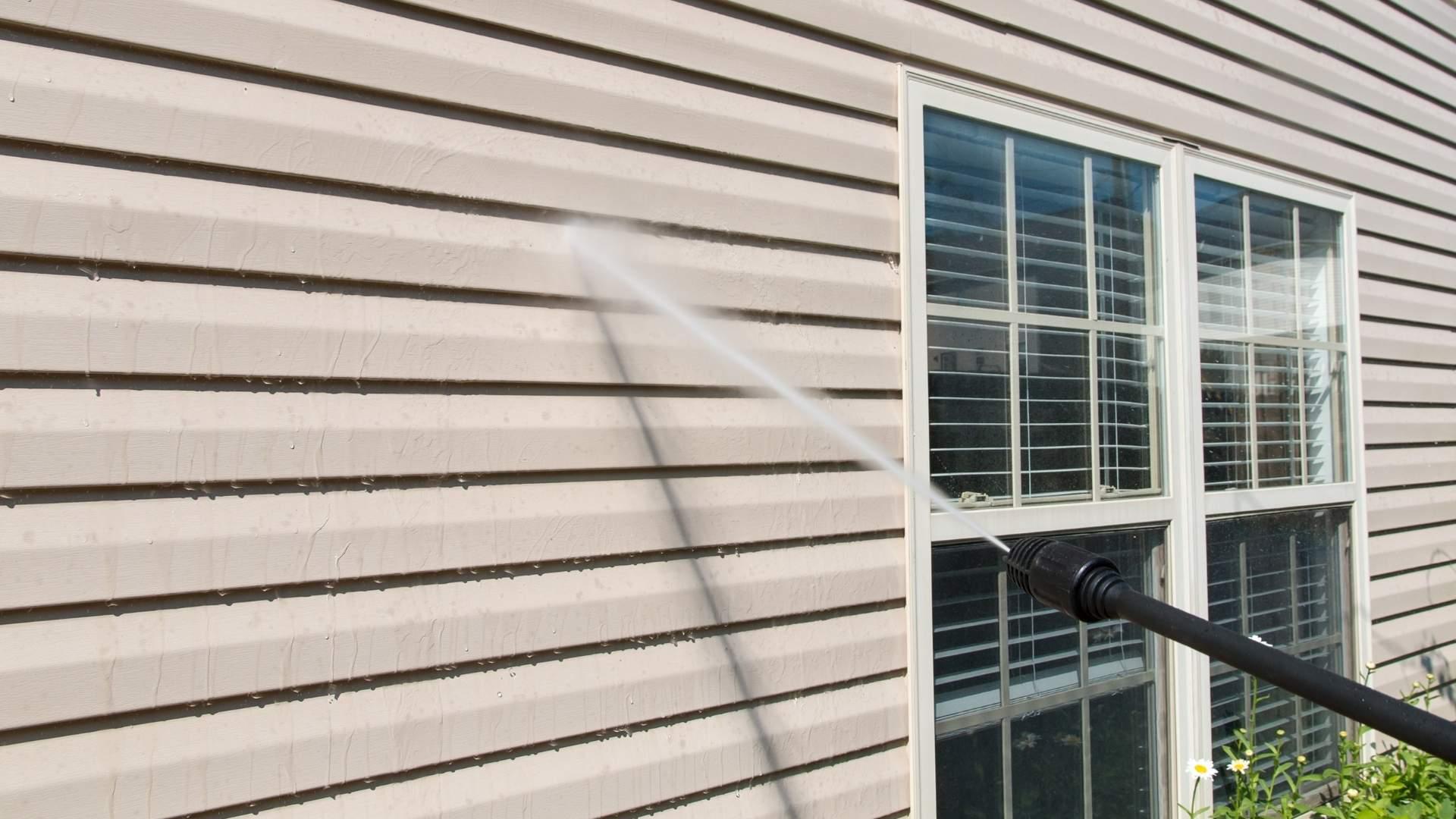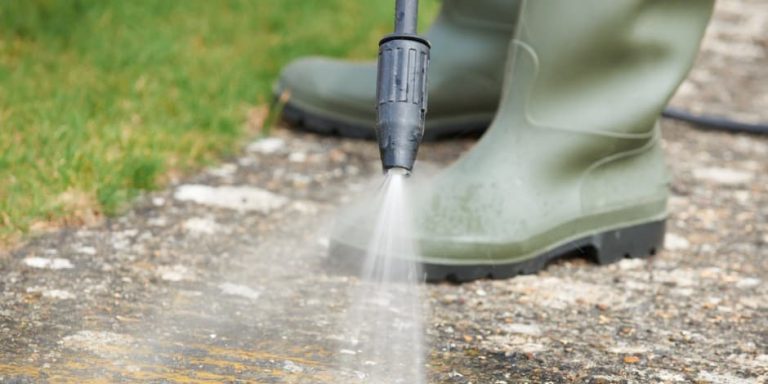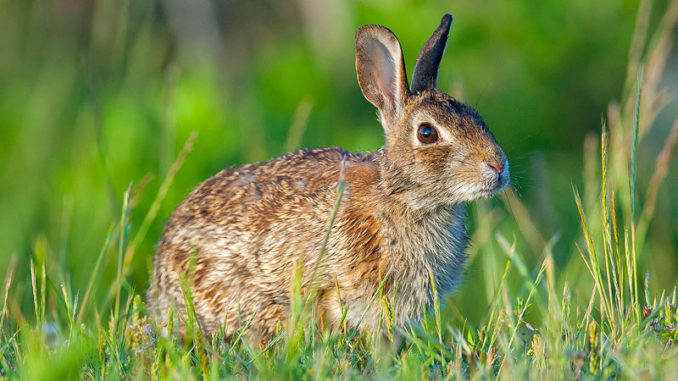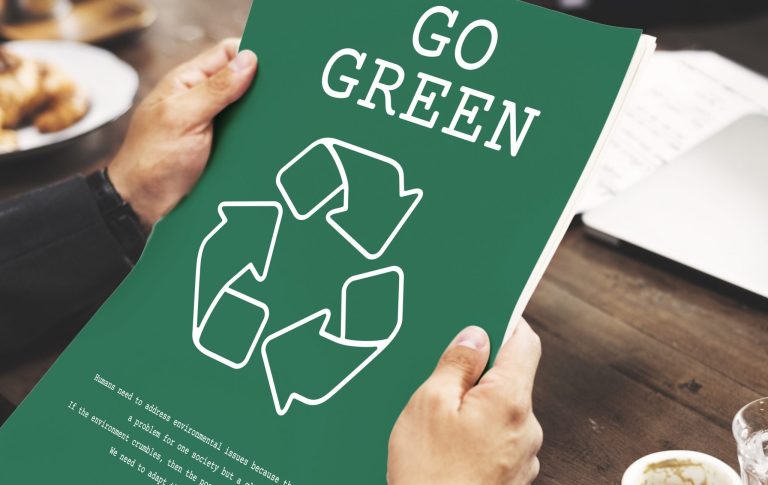
When most people think about power washing, they focus on cleaner surfaces, mold-free siding, and sparkling patios. But what often goes unnoticed is the hidden impact this high-pressure practice can have on the delicate ecosystem of pollinators and beneficial insects that call our gardens and landscapes home. 🌼🧼
From bees and butterflies to ladybugs and lacewings, these small creatures play massive roles in plant reproduction, pest control, and maintaining a healthy environment. But could your next power washing session be doing more harm than good to them?
In this article, we’ll explore the real effects of power washing on insects and pollinators, how runoff and spray patterns interfere with their habitat, and what you can do to clean more responsibly. 🐞🌻
🐝 Why Insects and Pollinators Matter
Insects and pollinators are the unsung heroes of our ecosystems. They:
- Pollinate plants, helping food crops and flowers reproduce 🌸
- Control pests by preying on aphids, mites, and larvae
- Improve soil health through decomposition
- Support biodiversity by serving as food for birds, frogs, and other animals
In residential areas, pollinators are often drawn to:
- Flower beds
- Garden shrubs
- Trees in bloom
- Lawn perimeters and ground cover
These same areas are frequently adjacent to patios, fences, and walls that homeowners often power wash. ⚠️
💦 How Power Washing Puts Pollinators at Risk
Though power washing may not directly target insects, its high-pressure spray, chemical additives, and runoff can disrupt insect life in multiple ways:
1. Physical Displacement and Harm
- Bees, butterflies, and other insects rest on plants, especially during mid-morning when pollination peaks.
- A sudden blast of water can dislodge or injure them, or wash away eggs and larvae from leaves.
🧬 Even at lower pressures, insect habitats like spider webs or chrysalis pods are easily destroyed.
2. Loss of Food Sources
High-pressure cleaning near flower beds or blooming shrubs may:
- Strip away pollen and nectar from flowers
- Remove moss, lichen, or algae that provide moisture and shelter for beneficial bugs
- Damage flower structures, reducing their attractiveness to pollinators
For pollinators, this temporary destruction of food sources can be critical—especially during dry spells or early spring when blooms are sparse. 🌺🐝
3. Chemical Exposure
Many power washing jobs use:
- Bleach-based cleaners
- Mold removers
- Algaecides
- Surfactants and degreasers
When overspray reaches nearby vegetation, it can:
- Contaminate nectar and pollen
- Leave residue on plants consumed by insects
- Kill larvae or disrupt insect hormonal development
This chemical exposure can be especially harmful to sensitive pollinators like monarch butterflies or native solitary bees.
4. Runoff Pollution
Runoff carrying cleaners into lawns or gardens can soak into the soil, contaminating the root zones of plants frequented by insects. 🧪🐛
Soil-dwelling species like beetles and ants may be displaced or killed, which in turn affects the entire food chain in your backyard ecosystem.
🧠 Real-World Example: Backyard Pollinator Garden Incident
In 2022, a homeowner in Austin, TX power washed their stucco house using a mildew remover that included bleach. Despite taking care to avoid direct spraying of flower beds, wind drift carried the solution onto several milkweed plants hosting monarch caterpillars.
Within 24 hours, all caterpillars were gone.
A local extension service later confirmed that chemical drift from power washing likely contaminated the plants, rendering them toxic. 🦋⚠️
✅ Best Practices to Protect Pollinators
Fortunately, with a few simple precautions, you can keep your space clean without sacrificing your garden’s biodiversity.
🌿 1. Avoid Washing During Peak Pollinator Hours
- Most pollinators are active between 9 a.m. and 3 p.m.
- Schedule washing early in the morning or late in the evening
🧴 2. Use Eco-Friendly, Pollinator-Safe Cleaners
- Choose biodegradable and non-toxic products
- Avoid bleach, ammonia, and synthetic surfactants
- Look for products labeled “bee safe” or “pet safe” 🐶
Browse Amazon Here For Eco-Friendly Pressure Washing Detergents
🚫 3. Cover or Relocate Potted Plants
- Move small flowering pots or hanging baskets away from the spray zone
- Use a tarp to shield delicate flowers or shrubs during washing
🐝 4. Inspect for Insect Activity Before Washing
- Check under leaves, along trellises, and fence posts for signs of nests, cocoons, or larvae
- Delay washing if active pollinator nesting is observed
💧 5. Manage Runoff
- Create buffer zones between your wash site and flower beds
- Divert runoff to hardscape surfaces or use a collection mat if possible
- Never let runoff drain directly into storm sewers near gardens or parks
📊 Quick Reference Chart
| Issue | Environmental Impact | Prevention Tip |
|---|---|---|
| High-pressure spray | Displaces/kills insects and eggs | Use low-pressure settings near vegetation |
| Chemical exposure | Contaminates nectar and pollen | Switch to non-toxic cleaners |
| Runoff into soil | Harms soil insects and root zones | Divert runoff, avoid soaking beds |
| Cleaning during peak hours | Interrupts foraging and pollination | Clean before 9 a.m. or after 3 p.m. |
🌍 Final Thoughts
Power washing may seem like a purely cosmetic task, but it can carry real environmental weight, especially in your own backyard. Insects and pollinators are not only essential to global ecosystems—they’re vital to local gardens, fruit trees, and native landscapes.
By taking small steps to wash responsibly, you can keep your property sparkling without driving away the very creatures that make your garden thrive. 🐝💧🌼
Browse Amazon Here For Top Rated Power Washers And Accessories






